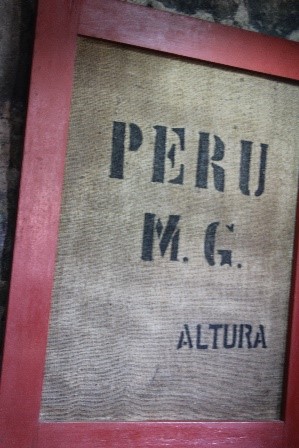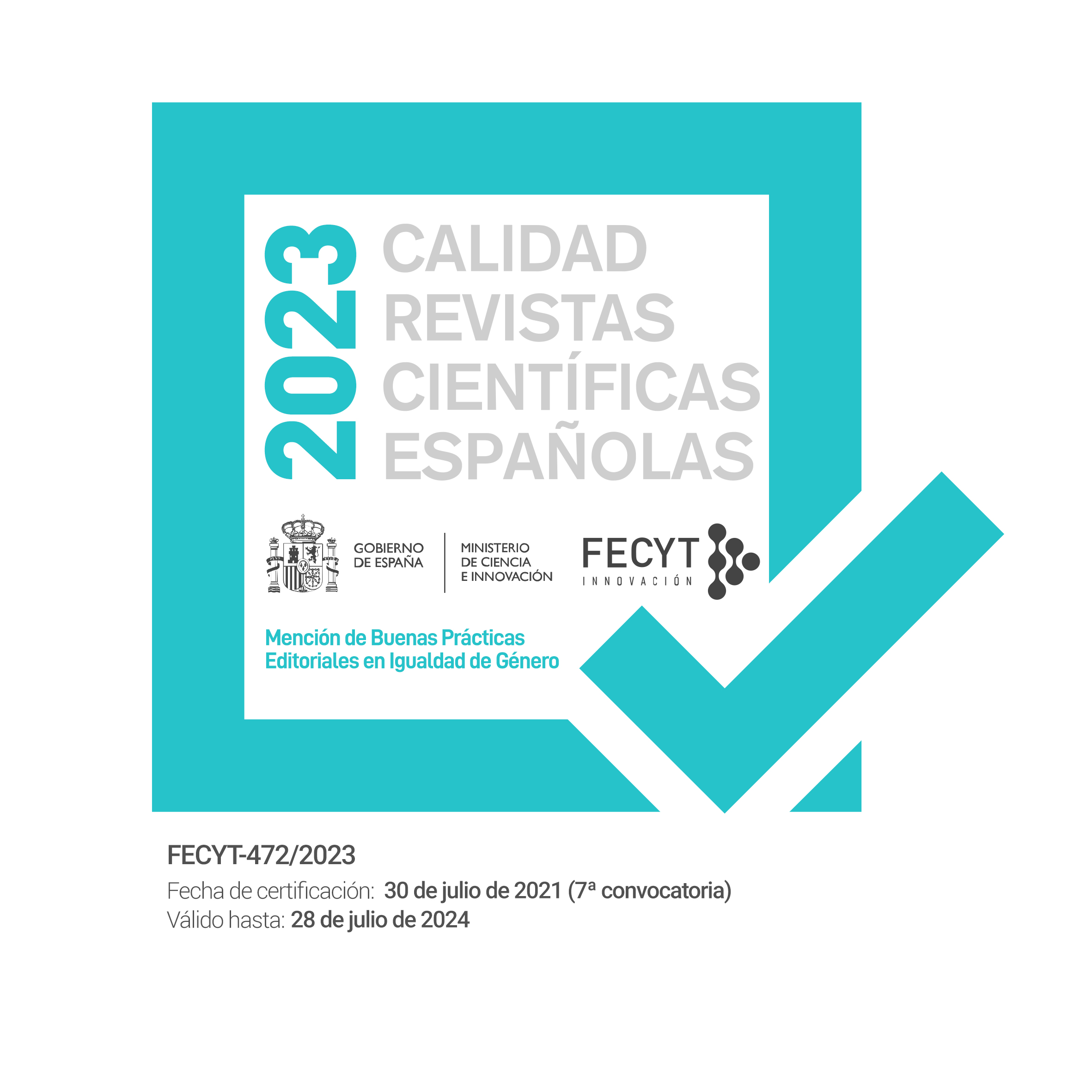The Industrial Coffee heritage of the Soconusco: an approximation to the historic industrial sector
DOI:
https://doi.org/10.30827/erph.vi29.20986Keywords:
Soconusco coffee plantations, industrial heritage, coffee technology, revalorization, cultural attraction., Soconusco coffee plantations, industrial heritage, coffee technology, revalorization, cultural attractionAbstract
The Soconusco region, located in southeastern Mexico, has been part of the world coffee market since the late 19th century. Its coffee quality standard and the taste of the beans were highly appreciated in the Global North until at least the Second World War. The Soconusco's plantations became a national benchmark in Mexican coffee exports thanks to capital investment, a consolidated consumer market and the use of advanced technology. However, Soconusco's coffee suffered several crises since the end of the 20th century that pushed planters to diversify their business into other sectors such as tourism and leisure. In this new and challenging scenario, Soconusco's unique coffee tradition together with its industrial heritage, in terms of historical technology, represent an added value for these new sectors. Using the Peru Paris estate as a case study, this article analyses the history of the technological development used in Sonosuco's coffee production, the uniqueness of its architecture and technology, as well as the documentary wealth of its coffee archives in order to implement its use as a tourist attraction. Our aim is to promote that these estates, which are strategic for the economic reactivation of the region due to their cultural interest, are protected and included in the cultural studies of Mexico's industrial heritage.
Downloads
References
AGUILAR CIVERA, I. (1998). Arquitectura industrial. Concepto, método y fuentes. Valencia: Diputación de Valencia.
ÁLVAREZ ARECES, M. A. (2006). Arqueología industrial: el pasado por venir. España: CICEES-INCUNA.
ÁLVAREZ COELLO, G. D. (2011). Redes mercantiles y comercio en Chiapas, 1880-1912 (Tesis de licenciatura no publicada). Tuxtla Gutiérrez, México: UNICACH.
BALLART, J. H. y TRESSERRAS, J. (1997). Gestión del patrimonio cultural. Barcelona: Ariel.
BERTH, C. (2018). Biografías y redes en el comercio del café entre Alemania y América Central 1920-1959. San Cristóbal de las Casas, México: CIMSUR-UNAM.
CAMBRANES, J. C. (1975). Aspectos del desarrollo económico y social de Guatemala: a la luz de fuentes históricas alemanas, 1865-1885. Guatemala: IIES- Universidad de San Carlos de Guatemala.
CASTILLO RUIZ, J. y MARTÍNEZ YÁÑEZ C. (2014). “El patrimonio agrario: definición, caracterización y representatividad en el ámbito de la UNESCO”, Boletín de la Asociación de Geógrafos Españoles, n. 66, pp. 105-124. DOI: https://doi.org/10.21138/bage.1782.
DE VOS, J. (2002). “La frontera sur y sus fronteras: una visión histórica”. En: Edith Kauffer ed., Identidades, migraciones y género en la Frontera Sur de México. San Cristóbal de Las Casas, México: ECOSUR, pp. 49-67.
DOMÍNGUEZ, M. (1979). “The Development of the Technological and Scientific Coffee Industry in Gutemala, 1830-1930”. (Tesis de doctorado). Tulane University.
FENNER, J. (2013). “Shaping the Coffee Commodity Chain: Hamburg Merchants and Consumption of Guatemalan Coffee in Germany, 1889-1992”, América Latina en la Historia Económica, n. 3, pp. 28-55. DOI: 10.18232/alhe.v20i3.548.
FENNER, J. (2015a). La controvertida historia de los deslindes de los terrenos baldíos en Chiapas, México, en su contexto internacional y nacional. 1881-1917. San Cristóbal de las Casas, México: CIMSU-UNAM.
GÓMEZ ARRIOLA, I. (2007). “Las antiguas instalaciones industriales de tequila. Un patrimonio olvidado”. En: Cecilia Gutiérrez Arriola ed., La Revolución Industrial y su patrimonio, 12⁰ coloquio del Seminario de Estudio y Conservación del Patrimonio Cultural. México: UNAM-Instituto de Investigaciones Estéticas, pp. 83-104.
GONZÁLEZ, A. (2007). “Patrimonio industrial: género y proceso”. En: Cecilia Gutiérrez A. ed., La revolución industrial y su patrimonio, 12° Coloquio del Seminario de Estudios y Conservación del Patrimonio Cultural. México: UNAM/ Instituto de Investigaciones Estéticas, pp. 31-39.
GUDIÑO, M. R. y PALACIOS G. (1998). “Finqueros extranjeros en el Soconusco, legislación y colonización, 1875-1910”. En: Antonio Escobar Ohmstede, Estudios campesinos en el Archivo General Agrario, vol. II. México: RAN/ AGN/ CIESAS. pp. 15-86.
HELBIG, K. (1964). El Soconusco y su zona cafetalera en Chiapas. Tuxtla Gutiérrez, México: Instituto de Ciencias y Artes de Chiapas.
HERNÁNDEZ, J, de J. (2013). Paisaje y creación de valor, La transformación de los paisajes culturales del agave y del tequila. Michoacán, México: COLMICH.
HERNÁNDEZ, R. E., SUÁREZ, G. M. y LÓPEZ, J. A. (2015). “Integración de una red de agroecoturismo en México y Guatemala como alternativa de desarrollo local”. Pasos, vol. 13, 1, pp. 191-205. DOI: 10.25145/j.pasos.2015.13.013.
LANGNER, V. (1985). “Kaffee in Chiapas, Süd-Mexiko und die deutschstämmigen Finqueros” (Tesis de maestría). Berlin: Freie Universität.
LURTZ, C. (2019). From the Grounds Up: Building an Export Economy in Southern Mexico California: Stanford University Press.
MARTÍNEZ YÁÑEZ C. (2011). El patrimonio cultural: tendencias y proyecciones sociales y económicas. Estudio internacional y comparado del significado y uso del patrimonio ante los retos del siglo XXI. Madrid: Editorial Académica Española.
MENDOZA, E. (2018) “Arqueología industrial en Guatemala: Chocola (1891-1942)”. En: J.P. Laporte; B. Arroyo y H. Mejía ed., XIX Simposio de Investigaciones Arqueológicas en Guatemala 2006. En: <http://www.asociaciontikal.com/simposio-19-ano-2005/25-zorro-05-digital-doc/>.
NOLAN-FERREL, C. (2018). La construcción de la ciudadanía. Los trabajadores trasnacionales y la Revolución en la Frontera México-Guatemala, 1880-1950. San Cristóbal de las Casas, México: CIMSU-UNAM.
NOVELO, V. (2005). “Herencias culturales desconocidas, el caso del patrimonio industrial mexicano”, Cuadernos de Antropología Social, n. 21, pp. 37-49. DOI: https://doi.org/10.34096/cas.i21.4465
PÉTERS SOLÓRZANO, G. (2016). El negocio del café en Costa Rica, el capital alemán y la geopolítica, 1907-1936. Costa Rica: EUNA
TORTOLERO, A. (1998). De la coa a la máquina de vapor. Actividad agrícola e innovación tecnológica en las haciendas mexicanas: 1880-1914. México: Siglo XXI.
RINKE, STEFAN (2007). “Alemania y México entre la Primera Guerra Mundial y la Gran Depresión, 1918-1933”, Dimensión Antropológica, n. 14 (39), pp. 36-67. En:
<http://www.dimensionantropologica.inah.gob.mx/?p=410>.
SPENSER, D. (1988). “Los inicios del cultivo del café en Soconusco y la inmigración extranjera”. En: Brígida von Mentz, Los empresarios alemanes, el Tercer Reich y la oposición de derecha a Cárdenas vol. I. México: CIESAS, pp. 61-87.
UKERS, W. H. (1922). All about coffee. New York: The Tea and Coffee Trade Journal Company.
WAGNER, R. (2001). Historia del café en Guatemala. Colombia: Villegas editores-Anacafé.
WASHBROOK, S. (2018). La producción de la modernidad en México. Fuerza de trabajo, raza y estado en Chiapas. 1876-1914. San Cristóbal de las Casas, México: CIMSUR-UNAM.
Depósitos Documentales:
AFPP: Archivo de la finca Perú Paris en Tapachula, México.
APJF: Archivo Personal del Dr. Justus Fenner.

Downloads
Published
How to Cite
Issue
Section
License
Las/os autoras/es conservan los derechos de autoría y otorgan a la revista el derecho de primera publicación (reproducción, edición, distribución, comunicación pública y exhibición).
Más infomación en Sobre la revista > Aviso de derechos de autor/a














